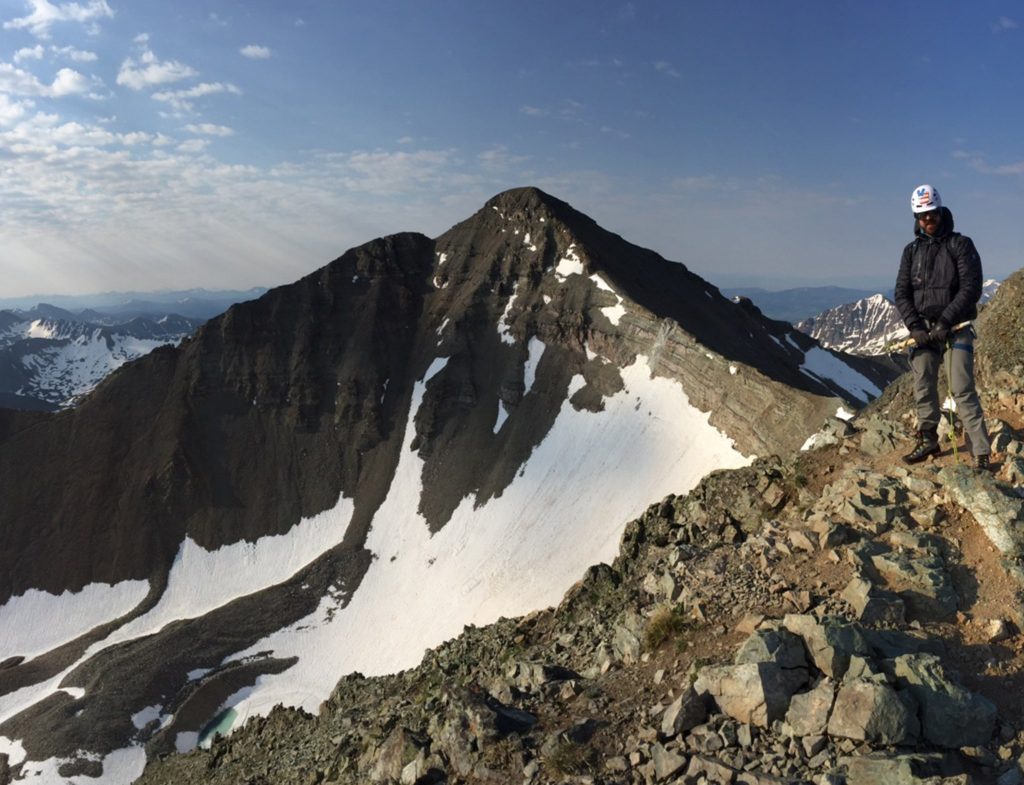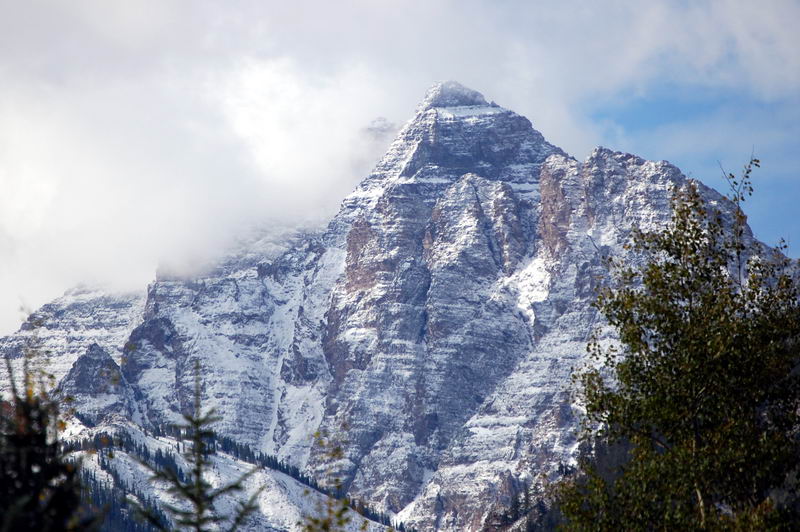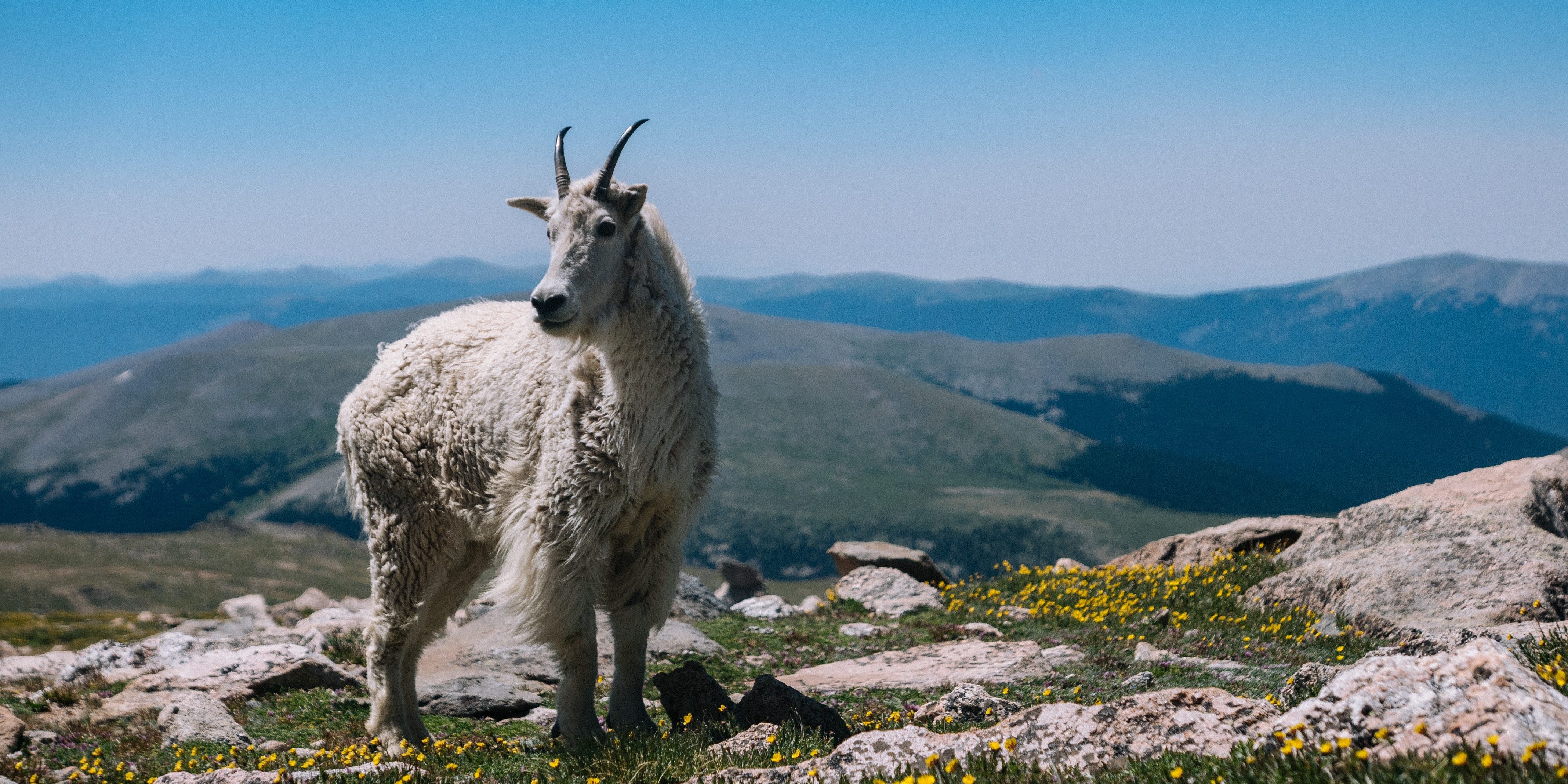If you love a good outdoor challenge, then summiting a Colorado 14er (mountains with summits over 14,000 feet in elevation) may be the perfect activity when you’re visiting Aspen and Snowmass.
The colorful state of Colorado is home to a whopping 54 of these peaks, and visiting the Aspen area alone gives you easy access to at least eight.
Before planning to summit, consider the season. The later in the summer you go, the less snow on the trails, so July and August are great months to ascend. You’ll find the mountains less crowded in September, but you also face the possibility of early snow, so always check the weather report.
While inconvenient for those who appreciate their beauty rest, we also recommend beginning most of these hikes in the early morning hours. The weather in Colorado can be unpredictable, and summer thunderstorms are known to move in around midday. If you haven’t summited and started back down by then, you’re chancing wind and lightning storms! (In the case of lightning while hiking a 14er, get off of ridges and trails. Some trails are gullies and actually conduct lightning. Put your pack on the ground and sit on top of it, making yourself small.)
If you’re smitten by the idea of “bagging” a 14er, consider these local favorites below. Of course, keep in mind that these are no average hikes. Most require technical climbing skills and should not be attempted lightheartedly.
Castle Peak. 14,265 feet.
Castle Peak is both the highest and the easiest 14er in the Elk Mountain Range. You’ll be hiking 13 miles round trip from the trailhead and gaining 4,400 feet on the way up. This Class 2 peak might involve some minor rock scrambling or hiking over scree (smaller rocks that require careful stepping), but you won’t need to break out any heavy-duty mountaineering gear. First climbed in 1873 by Henry Gannett and company, Castle Peak is a fairly straightforward climb. Take note that one approach may require crossing a snowfield.

(South) Maroon Peak. 14,156 feet.
Due to the large amount of loose, rotten rock on the Maroon Bells (South Maroon Peak is one of the two Bells), you may notice large signs warning you of the risks. This isn’t a hike you’ll want to attempt without a helmet, rope, and significant mountaineering experience. Even seasoned adventurers have required rescue. Even if you pass on conquering this dangerous 14er, you’ll be able to stroll around Maroon Lake for a majestic view of the Bells. Shuttles run from Aspen Highlands to the Maroon Bells parking lot from late spring through the fall.
North Maroon Peak. 14,014 feet.
Although it’s slightly shorter in stature, North Maroon Peak packs in even more dangerous conditions. Like South Maroon, North Maroon is full of loose and rotten rock, which makes its exceptionally steep and exposed summit route far from comfortable. You won’t be able to summit North Maroon without relying on professional gear and a serious amount of experience — even professionals have gotten themselves injured or stranded.
Pyramid Peak. 14,018 feet.
Neighboring the “Deadly Bells,” the hike to summit Pyramid Peak requires climbing 4,400 vertical feet in just 3.5 miles. The entire hike is just 7 miles round trip, but don’t be fooled. This climb is rugged, tough and (like the nearby Bells) dangerous, filled with steep, loose, exposed terrain. You’ll also need to do some of your own route-finding when the rocks get large. Add in near-vertical technical climbing and regular afternoon thunderstorms, and you can understand why those who love fourteeners treat Pyramid Peak with respect.

Capitol Peak. 14,130 feet.
Many climbers consider Capitol Peak the toughest 14er in the state. Like the Maroon Bells, it’s a 14er to take very seriously — even confident hikers should be aware that in recent years, a number of hikers have fallen to their deaths. Even the simplest route on this 16-mile trek requires Class 4 climbing. A helmet and rope are must-haves, especially as you work your way along the famous (and dangerously exposed) knife-edge ridge.
Conundrum Peak. 14,060 feet.
Conundrum Peak is often “bagged” at the same time as Castle Peak, since the two peaks share a saddle. Conundrum Peak is a Class 2 trek of about 10 miles, and many take the time to stop at the natural Conundrum Hot Springs (which, in recent times, are often crowded).
Snowmass Mountain. 14,092 feet.
Due to the length of this trail (22 miles round trip), camping at Snowmass Lake (9 miles in and 2,600 feet higher) is recommended. This Class 3 trek will be steep and long, no matter which approach you use. From Snowmass Lake, the trail has become eroded, so you’ll need to watch your step to prevent damaging the tundra vegetation. Once you reach the summit of Snowmass mountain, you’ll be stunned by your view of the Elk Mountains and Snowmass Lake.
La Plata Peak. 14,336 feet.
If you feel like venturing a bit further from Aspen Snowmass, you can enjoy a long and winding (and beautiful) drive along Independence Pass to the trailhead for La Plata Peak, Colorado’s fifth highest mountain. The 5-mile journey from the trailhead to the summit of this 14er is gentle, and the ascent doesn’t require any technical climbing. You may notice silver mines from the late 1800’s dotting the upper slopes. Follow the cairns to stay on trail.
Even if you’re not a dedicated mountain climber, summiting a 14er can be one of the “peak” experiences of your life. Connect with a local guide if you’re a first-timer, and take these mountains seriously. If you succeed in summiting a 14er, it’s an experience (and a view) you’ll never forget.



